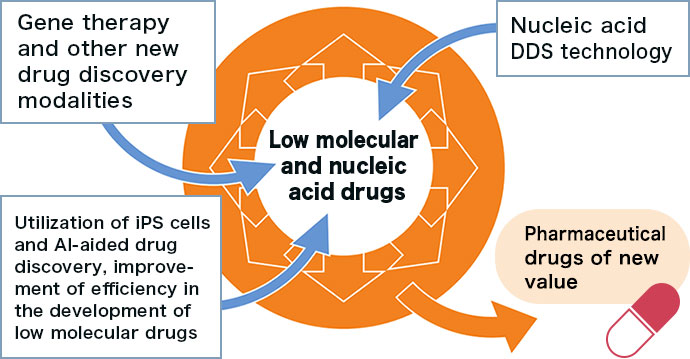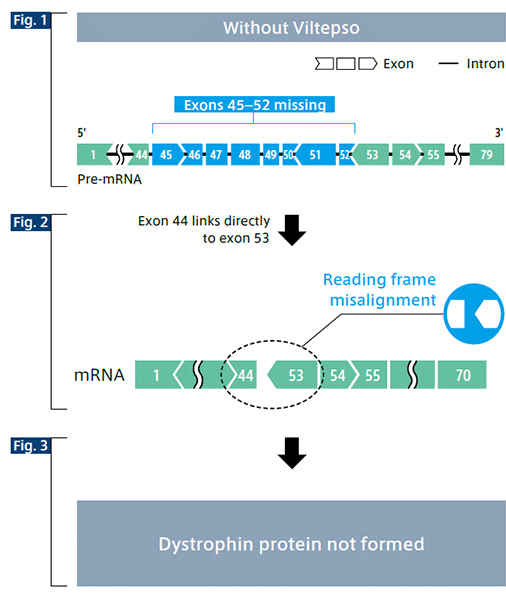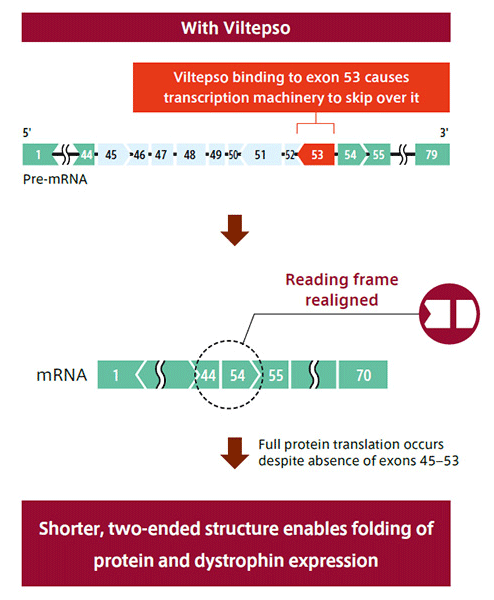For over a century since its founding in 1919, Nippon Shinyaku has been engaged in developing medicines with distinctive features as an R&D-oriented manufacturer of “brand-name” drugs. We are dedicated to the development of new drugs that bring a ray of hope to people with different diseases and help them build a brighter and healthier future, even if their numbers are very small and their ailments are extremely difficult to overcome. All employees of Nippon Shinyaku share a passion for creating original drugs of quality. This passion has been transmitted from one generation of Nippon Shinyaku personnel to the next as the corporate DNA since the company’s very beginning. Our R&D capabilities cultivated over the years and directed with close attention to the needs of the times constitute one of Nippon Shinyaku’s greatest strengths.

For the future, on our drug discovery foundation that has given birth to the small molecule drug Uptravi, we are adding new modalities and technologies, including nucleic acid molecules, gene therapy, and nucleic DDS technology, further building distinctive drug discovery capabilities not found among other pharmaceutical companies. We also promote open innovation to optimally avail ourselves of both internal and external resources. Fully mobilizing our R&D capabilities while vigorously pursuing our business activities, we hope to create effective treatment drugs and bring them at the earliest possible time to as many patients as possible worldwide.
Expand the range of drug discovery to create new value by adding new modalities and technologies to our drug discovery platform where we created a small molecule drug NS-304 and a nucleic acid drug NS-065/NCNP-01.

Development of small molecule drugs
Since its foundation, Nippon Shinyaku has steadfastly continued R&D and determined to develop original drugs. Small molecule drug discovery, one of the company’s strengths, constitutes its foundation of drug discovery. It involves exploring the lead compounds, optimizing them, and discovering candidate compounds. At the heart of this process, another strength of Nippon Shinyaku comes into play: bringing various departments responsible with different tasks together as one team, ranging from computer-aided in silico drug discovery to pharmacological efficacy assessment, and to pharmacokinetics and safety assessment. One result of such effort is the launch of Uptravi in 2016, which is the company’s original small molecule drug for treating pulmonary arterial hypertension (PAH).

Development of nucleic acid drugs

One example of Nippon Shinyaku’s R&D endeavors for highly distinctive products is the development of nucleic acid drugs at the Discovery Research Laboratories in Tsukuba. Nucleic acid drugs, which directly target disease-causing genes, represent a fundamentally new approach to medical treatment especially in addressing diseases that cannot be adequately treated with small molecule drugs. For this reason, great expectations are directed to the development of nucleic acid drugs across the globe as next-generation therapeutics following antibody drugs. The demand for nucleic acid drugs is expected to increase in the future.
Nippon Shinyaku has been developing new nucleic acid drugs for the treatment of Duchenne muscular dystrophy (DMD). DMD is a severe genetic disorder that is caused by a mutation in the gene coding for dystrophin, which is a protein essential for maintaining the structural integrity of muscle cells. In patients with DMD, the production of normal dystrophin is stopped, as their muscles are progressively degenerated. Nippon Shinyaku’s new drug for DMD (NS-065/NCNP-01; generic name: viltolarsen), which performs “exon skipping”, possible only by a nucleic acid drug, was launched in Japan and the United States in 2020.
What is “exon skipping”? (Viltepso mechanism of action)
DNA includes regions with genetic information for making proteins (exons) and regions that are non-coding (introns).
The genetic information in the DNA is first transcribed into a precursor of messenger RNA (pre-mRNA) that contains exons and introns Fig. 1 . The final mRNA strand is then created by linking together just the protein-encoding exons Fig. 2 . Next, the protein is synthesized from the instructions contained in the mRNA template Fig. 3 .
It is hoped oligonucleotide drugs can be developed to treat previously intractable inheritable diseases, since they can act directly on the genes causing the conditions with a high degree of specificity.
Without Viltepso, the absence of exons upstream of exon 53 leads to a misalignment of the mRNA reading frame, and the dystrophin protein cannot be synthesized. As an antisense oligonucleotide, Viltepso binds to exon 53, enabling the cellular transcription machinery to skip over exon 53. The reading frame is realigned and dystrophin protein is made. Genetic testing can establish whether patients have a form of DMD amenable to treatment based on exon 53 skipping.
Although the dystrophin protein produced with exon 53 skipping is shorter than normal, it is expected to have sufficient functionality to help alleviate or restrict the muscle weakness in DMD patients.


Source: Yoshitsugu Aoki et al., Journal of Clinical and Experimental Medicine, Recent Developments in Muscular Dystrophy, Ishiyaku Pub, Inc. (p. 6, 2017)
Open innovation
Although it is dedicated to original drug discovery, Nippon Shinyaku is also actively involved in many projects through open innovation. In July 2020, we invested in the biotech fund that was newly established by Medical Incubator Japan K. K., an independent venture capital investment company specializing in healthcare. Through this investment, we hope to build and strengthen our network with venture companies in countries such as Japan, the UK, and Israel that own promising new candidate compounds or advanced technologies, thereby enriching our development pipeline and boosting our original innovative endeavors.

Drug discovery modalities
On the foundation of our drug discovery capabilities that have been strengthened over the years and have mainly produced small molecule and nucleic acid drugs, we intend to add AI, iPS cells , and other new technologies, as well as new modalities such as gene therapy to broaden the spectrum of our drug discovery and enhance our drug discovery capabilities to a level unmatched by other companies.
Through such R&D activities, we hope to constantly create products of new value and offer new drugs with distinctive features, thereby attaining sustainable growth.








